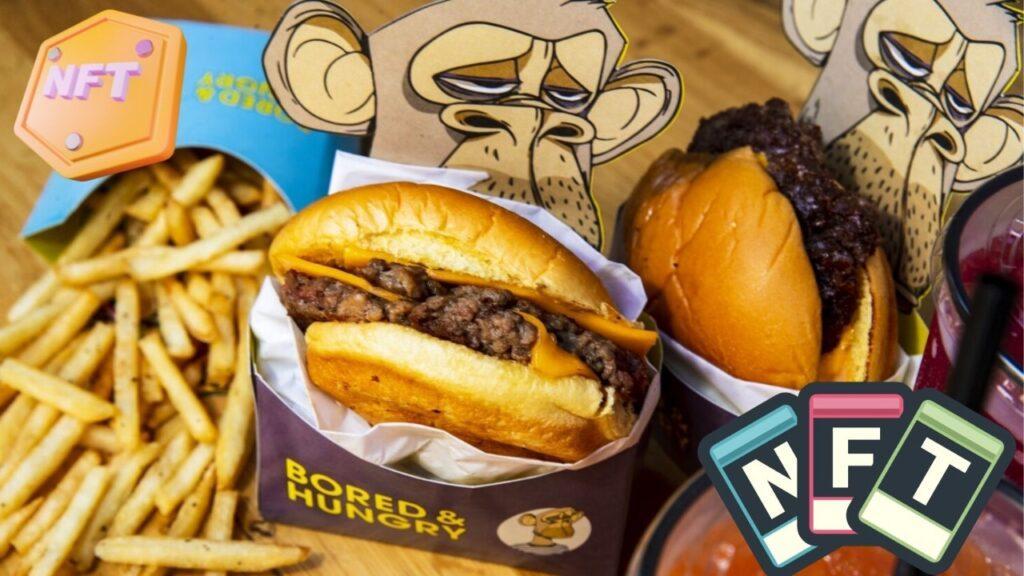
What Are NFTs.com: NFTs are going Mainstream in the Food Industry!
by Sebastian Calderon
We’ve seen use cases for NFTs in the fashion, service, entertainment, and even travel industries.
However, what about food NFTs?
That’s right: NFTs are going Mainstream in the food industry as well, and there’s no one to stop them from doing so.
Let’s analyze how NFTs can be used for restaurants, food deliveries, and food loyalty programs by restaurateurs and companies:
What is an NFT?
An NFT is a non-fungible token in the tamper-free ledger known as Blockchain and cannot be replicated. Usually, an artist mints a digital asset such as an image, illustration, or song as an NFT on the Blockchain.
The world of top selling NFTs has expanded in many areas besides art, but now, food NFTs are becoming a thing.
The idea of NFTs being used in food can be a bit confusing. How do they even work?
What is a food NFT?
Food NFTs depict food images or can include secret recipes by famous internet foodies. They can manifest as memberships to exclusive food groups, where the NFT itself is the entry pass to a physical restaurant location.
One of the primary reasons why food NFTs have risen in popularity is because NFTs are now seen more as a method for brands to market and raise awareness within the digital confines of Web3.
NFTs can be gateways to dining experiences, art, and recipes in the food industry. For example, Taco Bell released NFT illustrations of their menu offerings, with their earnings going to charity.
Food art NFTs are another way for food NFTs to reach the forefront of Web3, as fast-food giants such as Burger King, Pizza Hut, and Taco Bell have launched NFT collections as part of their marketing campaigns.
The auctioning of recipe food NFTs is another possibility explored by Stella Artois in 2021, where they released an NFT of celebrity chef Marcus Samuelsson’s Fried Yardbird recipe. In fact, an NFT marketplace where celebrity chefs, foodies, and amateurs can mint recipe NFTs have been launched.
Recipe NiFTy allows anyone to create and sell recipe NFTs on its platform, and as with other NFT marketplaces, they allow creators to collect royalties from the resales of their recipes.
Businesses investing in the Metaverse are expecting it to pick up in the future once it’s more open to the general public. That’ll help advertise their restaurants more.
McDonald’s and Panera Bread are two examples of restaurants that are taking steps to ensure that their exposure in the real world is also present in the Metaverse or the foodverse in this case.
Alternatively, these membership food NFTs can work as access to food-related subscription services. One such example is Flyfish Club.




